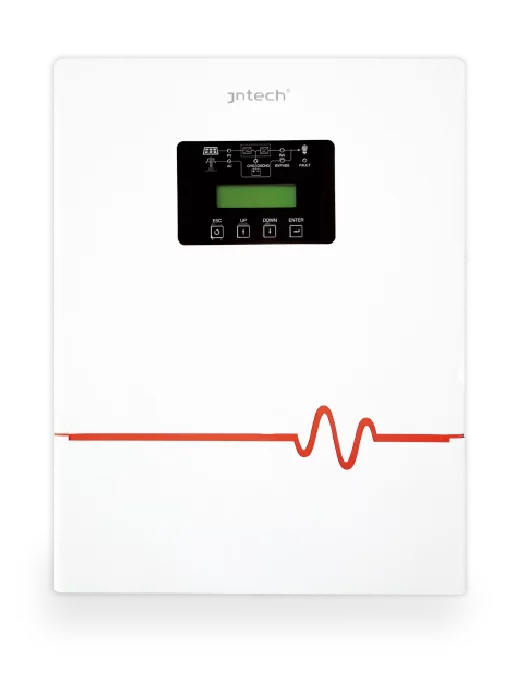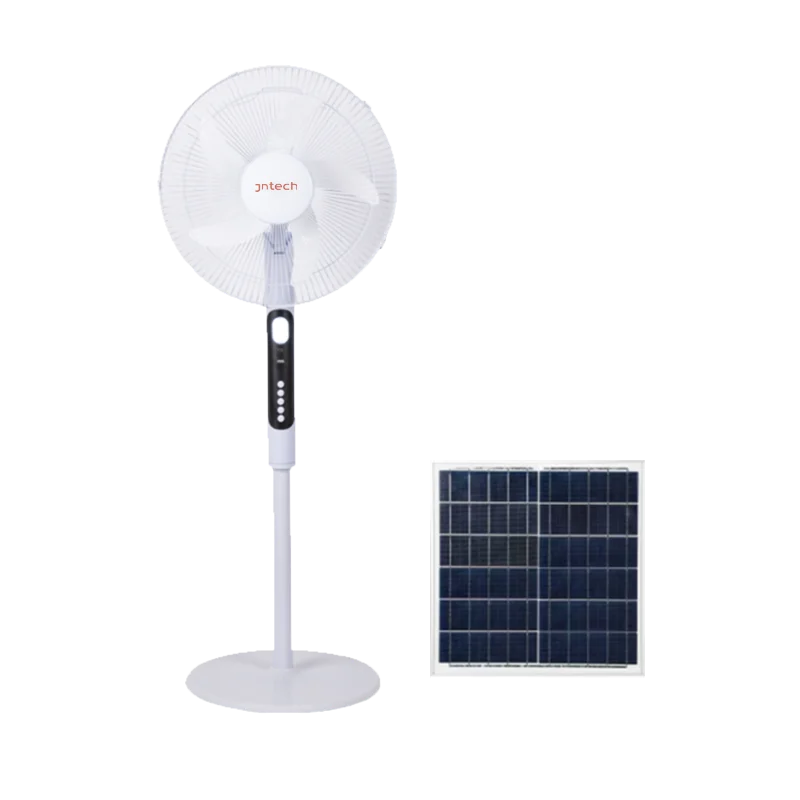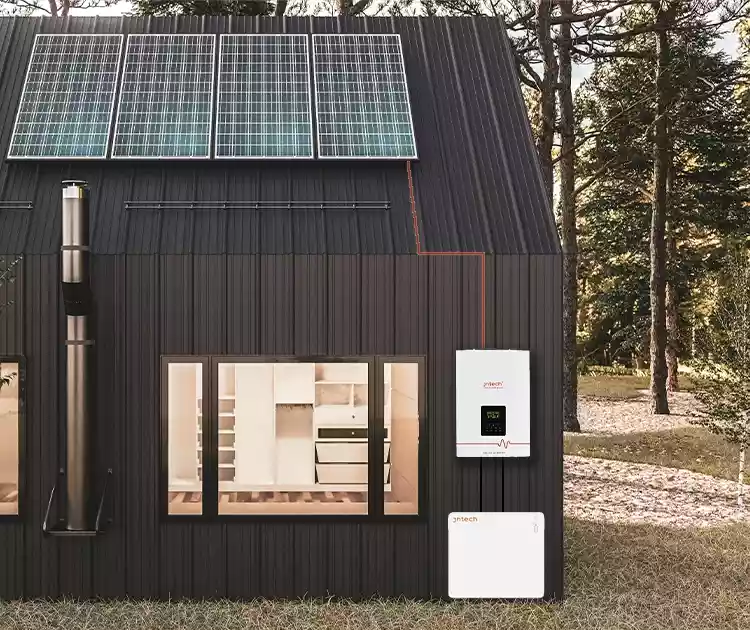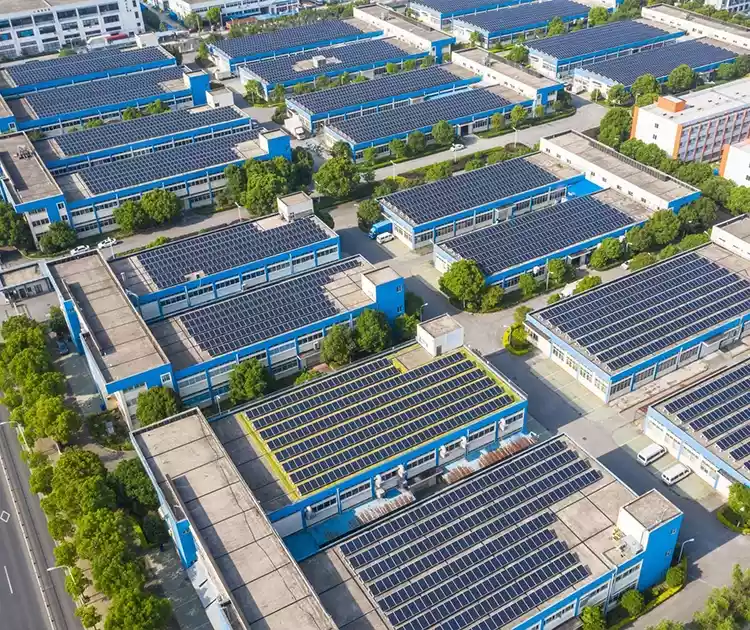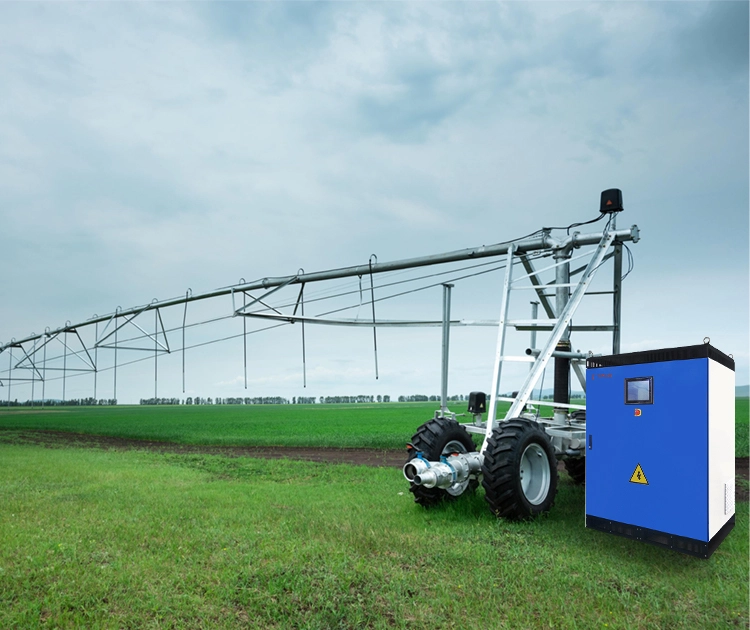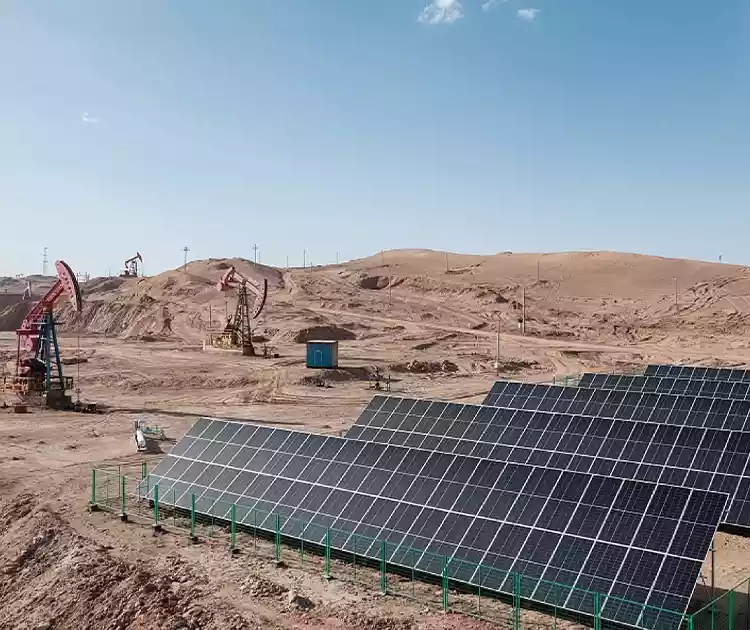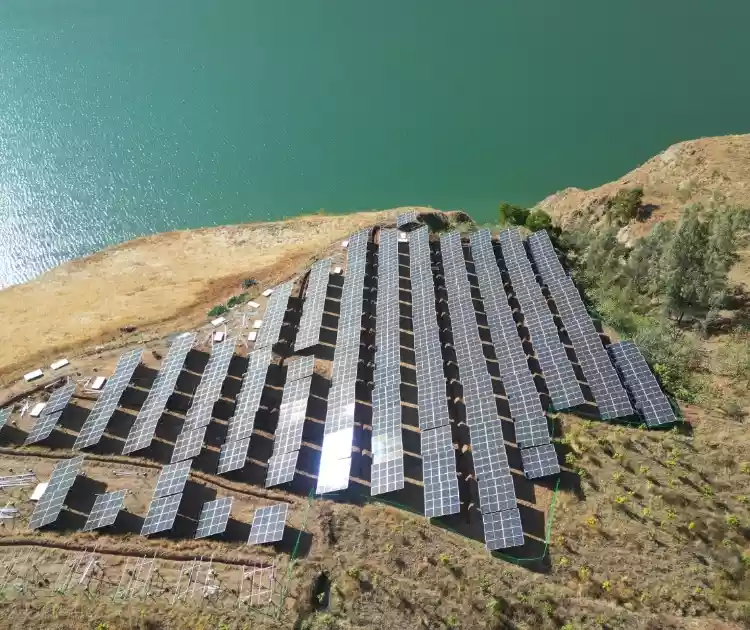Analisi completa dei vantaggi e delle sfide delle microreti
Release time: 2025-11-24
As global energy transition accelerates, microgrids, as an emerging power system solution, are gaining increasing attention. Microgrids are considered an effective way to improve electricity efficiency and reduce dependence on traditional grids. They enable localized generation and distribution of electricity, enhancing energy management flexibility and efficiency. Despite the various advantages of microgrids, the implementation of this emerging technology still faces a series of challenges.
This article will explore in depth the advantages of microgrids, their operational principles, and the challenges that may be encountered during their implementation.
Sommario
Cos'è una microrete?
A microgrid is a small, independent power network capable of generating, using, and managing electricity locally. Unlike traditional large-scale grids, microgrids can operate both while connected to the public grid and in island mode when disconnected from the grid. This flexible power supply makes microgrids an important tool for combating grid failures, peak power demands, and environmental challenges.

How Do Microgrids Work?
The core of a microgrid lies in concentrating power generation and consumption in the same location, reducing transmission losses associated with long-distance power transmission in traditional systems. Microgrids can generate electricity through various energy combinations, including solar, wind, and backup diesel generators. Additionally, microgrids are typically equipped with energy storage systems (such as batteries) that store surplus power and release it during peak demand or grid outages.
Intelligent control systems allow microgrids to adjust power supply flexibly based on real-time data. For example, they can automatically switch to the public grid during peak periods or switch to island mode in case of a fault, ensuring continuous and reliable power supply.
Vantaggi delle microreti
1. Environmental Benefits
One of the greatest advantages of microgrids is their promotion of renewable energy applications. By integrating clean energy sources such as solar and wind, microgrids significantly reduce reliance on fossil fuels, thus lowering greenhouse gas emissions and contributing to climate change mitigation. Additionally, as power generation and consumption are more localized, it increases energy efficiency and enhances users’ environmental awareness.
2. Reduced Power Costs
Through localized generation, energy storage, and intelligent scheduling, microgrids can effectively reduce electricity costs. Compared to traditional grids, microgrids minimize transmission and distribution losses, optimizing electricity use. Moreover, during peak electricity price periods, microgrids can adjust energy consumption through demand response mechanisms, further lowering electricity expenditures.
3. Improved Power Supply Reliability
In traditional centralized grids, overloads or equipment failures often lead to widespread power outages. However, when a microgrid experiences a grid fault, it can automatically switch to island mode, continuing to supply power to users. This is especially critical for power supply to hospitals, data centers, and other vital infrastructure, ensuring stable electricity provision during emergencies.
4. Enhanced System Resilience
Microgrid systems have strong emergency resilience. Whether responding to natural disasters, cyberattacks, or other unforeseen events, microgrids can continue to operate stably during local faults. The ability to operate independently ensures that even if part of the grid fails, other sections can continue functioning normally.
5. Improved Energy Efficiency
Microgrids help optimize energy usage. By localizing generation and utilizing intelligent control systems, microgrids can use energy more efficiently. For instance, by incorporating combined heat and power (CHP) technology, microgrids can not only provide electricity but also recover and utilize the heat produced during generation, improving overall energy efficiency.
Challenges Facing Microgrids
1. High Initial Investment Costs
The construction of a microgrid requires a high initial investment, including the purchase of generation equipment, storage systems, and intelligent control systems. This may be a significant financial burden for some communities or businesses. Although long-term operation can yield economic benefits, the high upfront cost may deter potential users. Government financial support and subsidy policies, particularly those promoting green energy investments, can help reduce the initial financial burden.
2. Technology Integration and Standardization Issues
Microgrids use various technologies, such as solar energy, wind energy, battery storage, and intelligent scheduling systems. Ensuring the effective integration and compatibility of these different technologies is a technical challenge. Currently, the lack of unified standards and protocols may affect the interoperability of microgrid systems. Therefore, advancing technological standardization, unifying communication protocols, and device interfaces is crucial for promoting and popularizing microgrids.
Lack of Technical Knowledge and Experience
As an emerging technology, microgrids have high technical requirements for operation and management. The lack of skilled personnel and experience, especially in remote areas, may increase the difficulty of system management and maintenance. To ensure stable operation of microgrids, in-depth technical research and experience accumulation are necessary, along with the development of relevant monitoring and management tools.
Regulatory and Policy Challenges
The existing energy regulatory framework is primarily based on traditional power networks and does not fully address the uniqueness of microgrids as a new power system. As a result, there is a lack of clear regulatory guidance during the implementation of microgrids. To promote the widespread application of microgrids, governments need to create new policies and regulations that support their operation and development, as well as resolve coordination issues with existing power systems.
Challenges in Scaling Up
Microgrids are typically designed for small-scale areas or specific user groups, such as a campus, a building, or an industrial park. This small-scale power supply model may not meet the needs of larger regions or communities. Therefore, the scalability and sustainability of microgrids remain issues that need further exploration.
Conclusione
Microgrids are transforming the power supply landscape. They not only improve energy efficiency and reduce costs but also significantly enhance the reliability and resilience of power supply systems. Although microgrids face challenges in terms of technology, policy, and funding, with technological advancements and increased policy support, microgrids will undoubtedly play an important role in the future energy system.
Tecnologia JN is committed to providing leading microgrid technology solutions to help customers achieve more efficient and greener energy management. We will continue to drive innovation and development in microgrid technology, offering sustainable and efficient power supply solutions to users worldwide.


